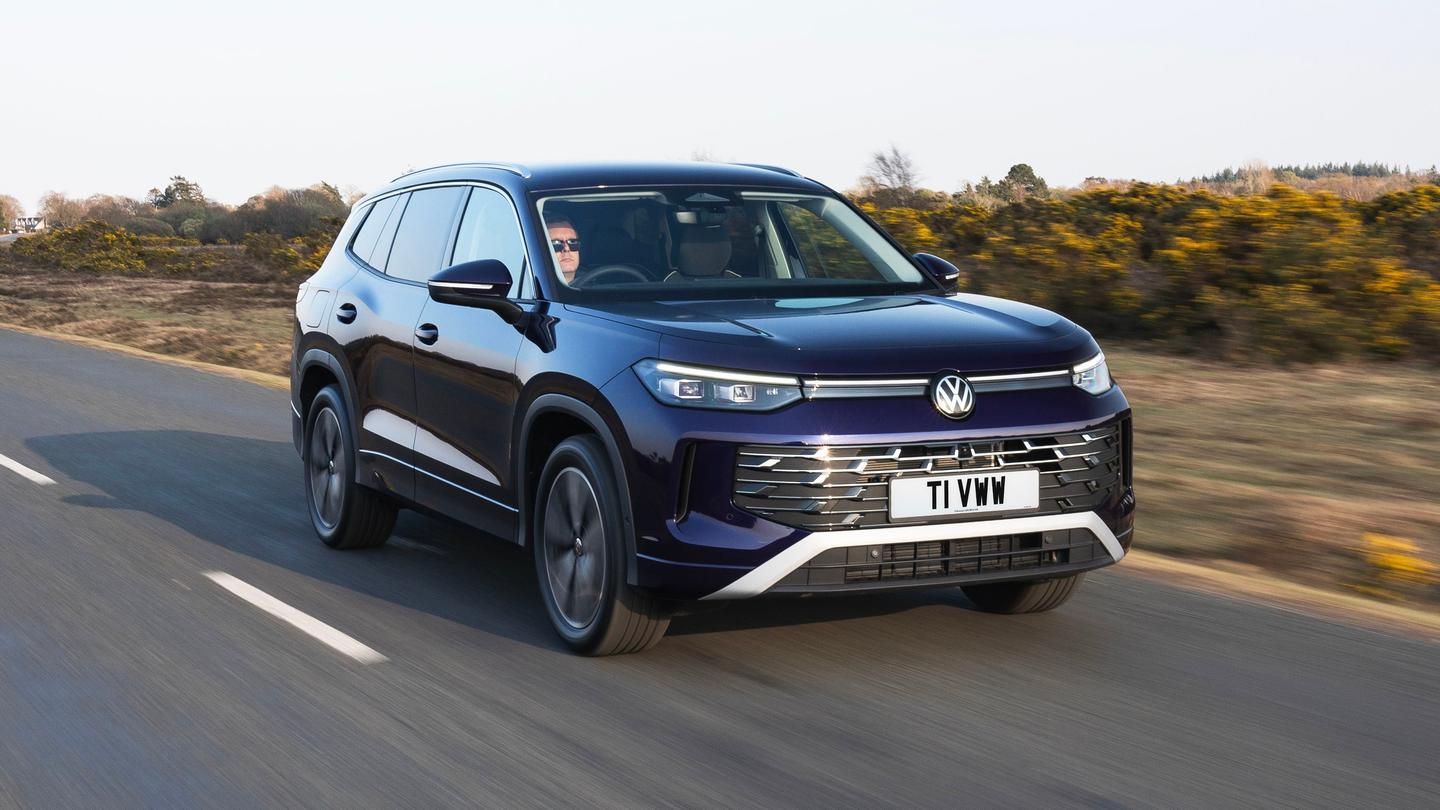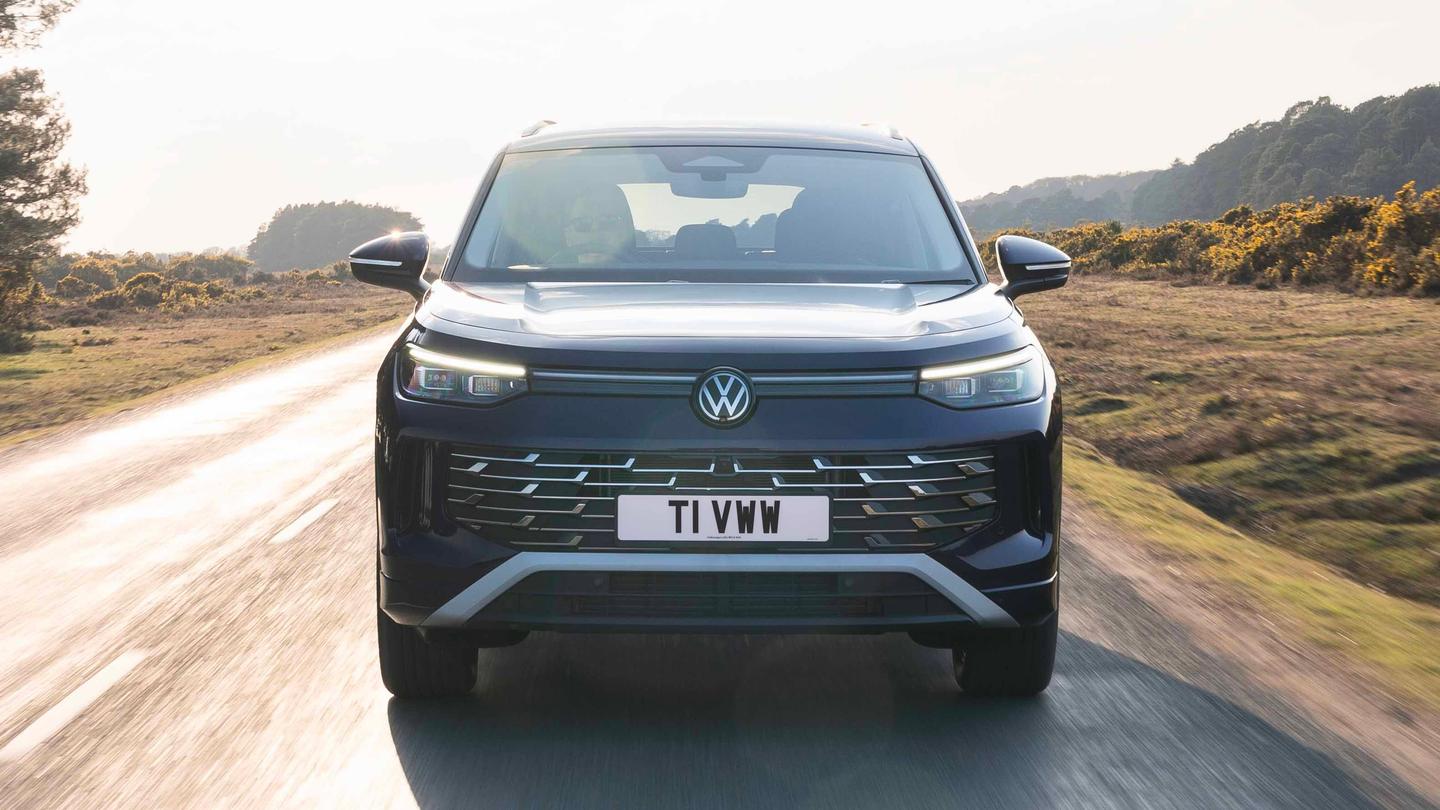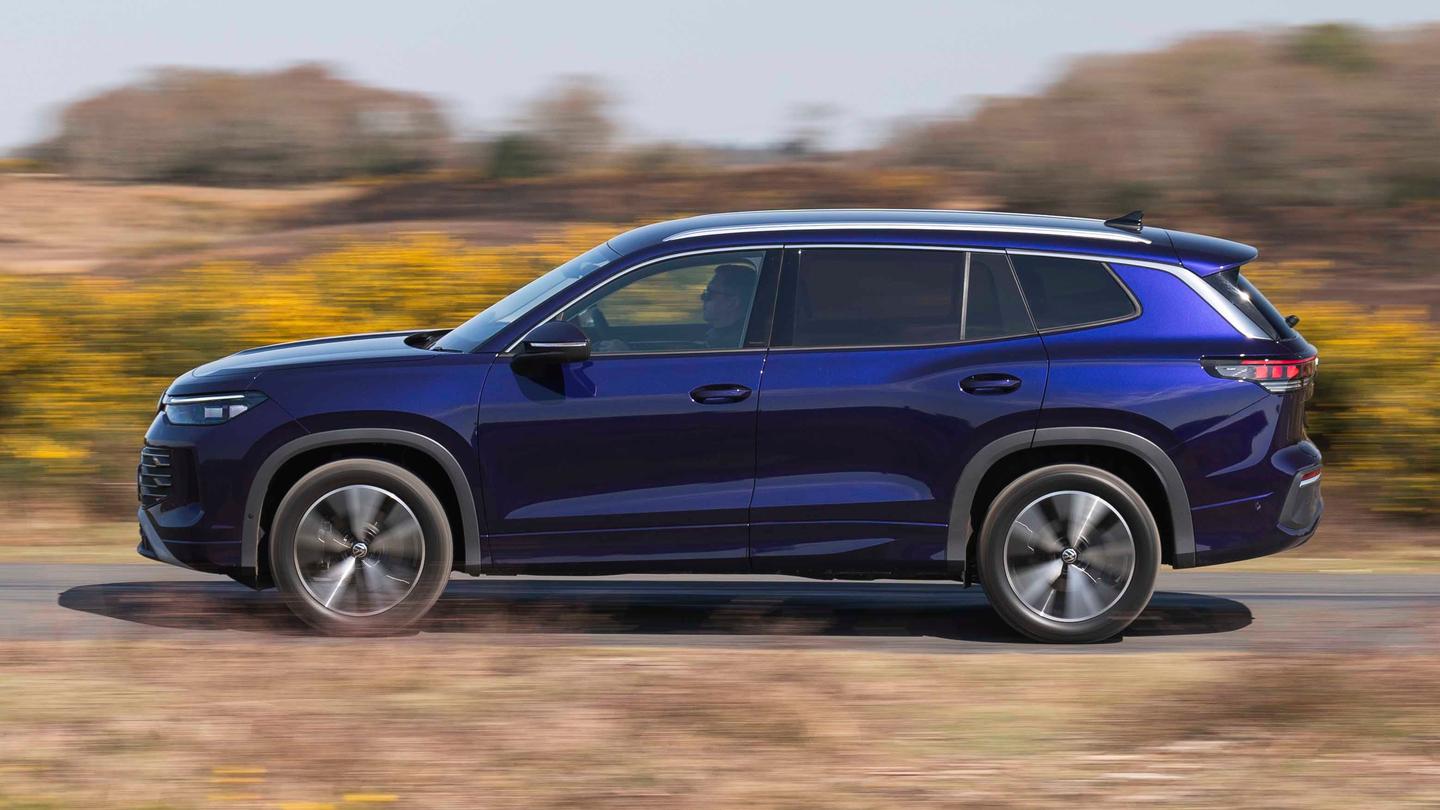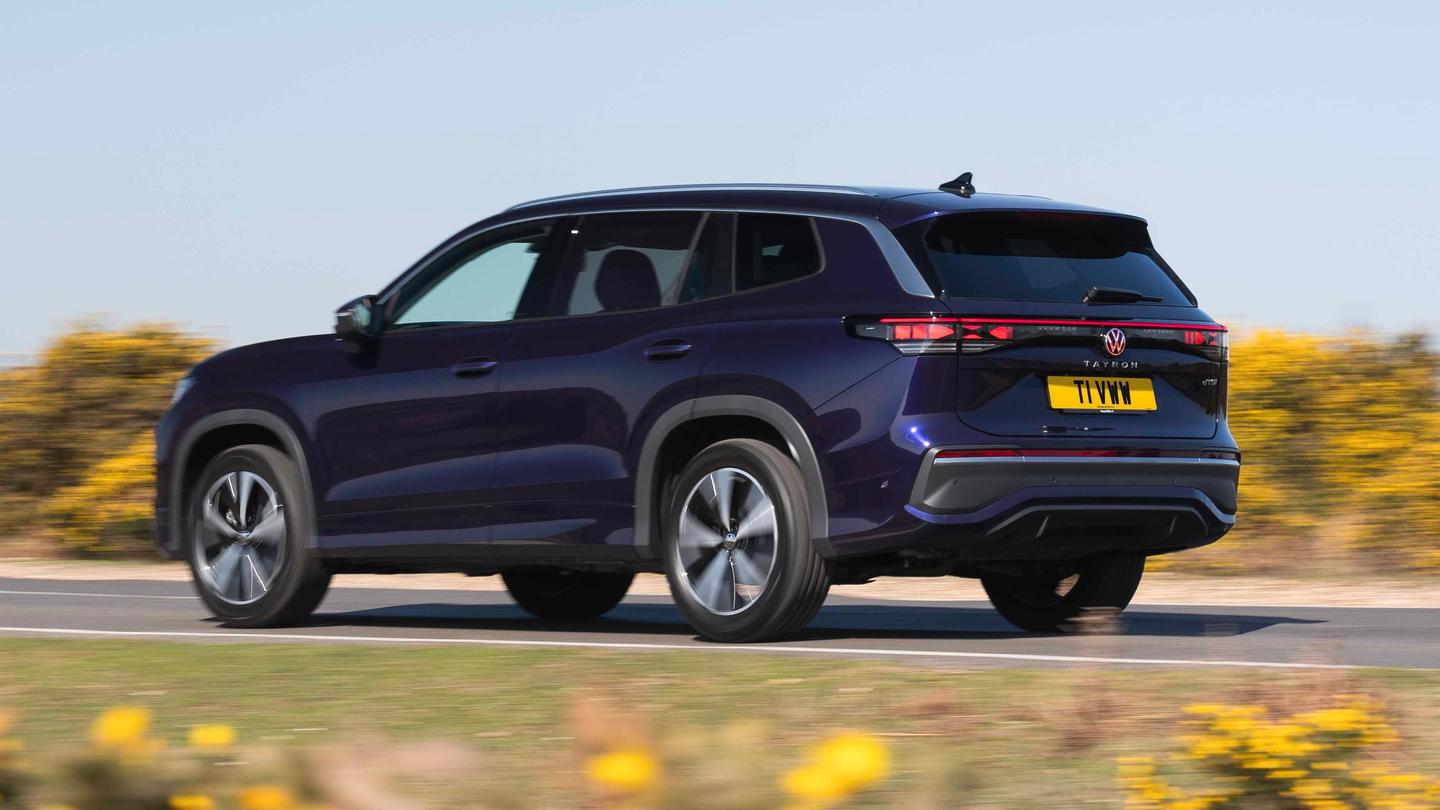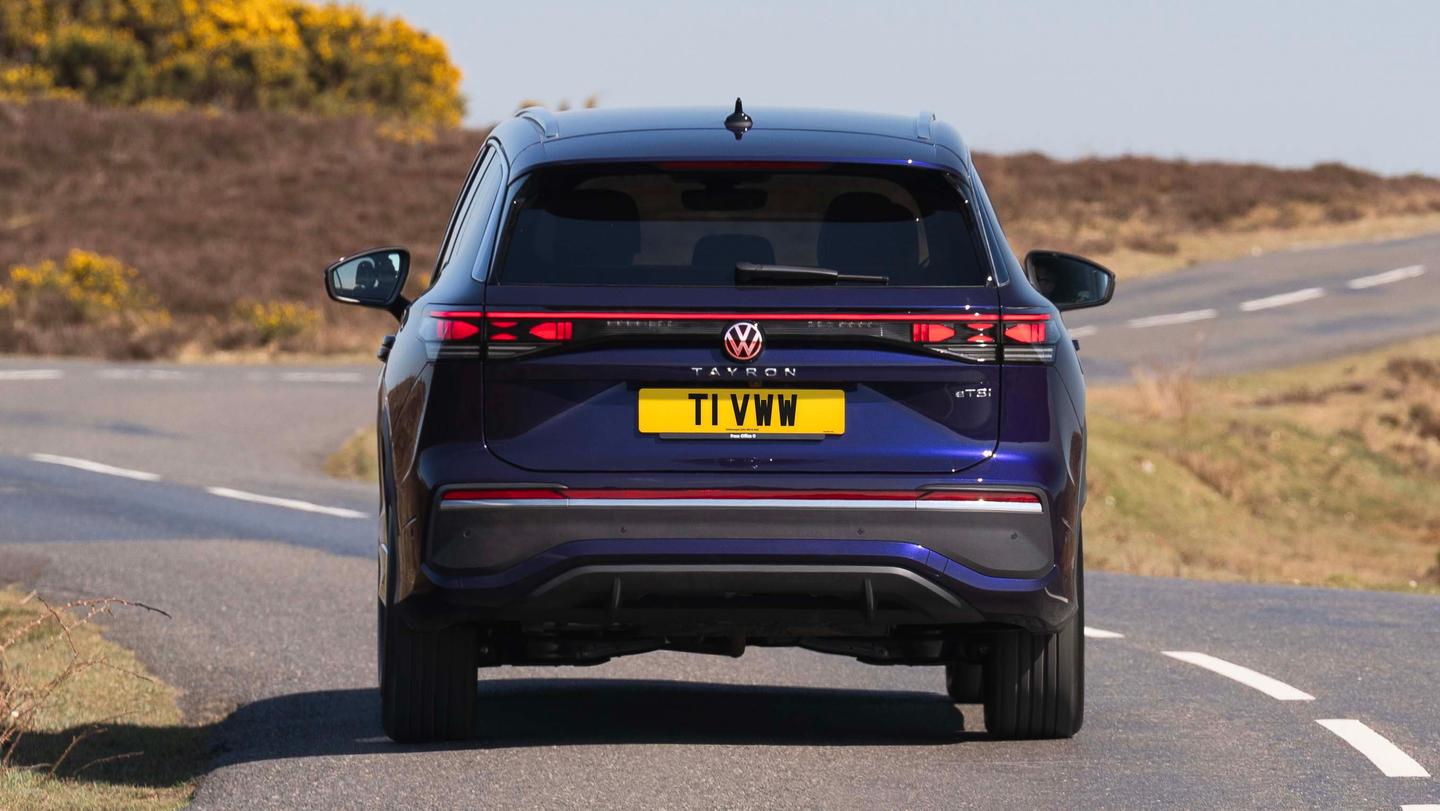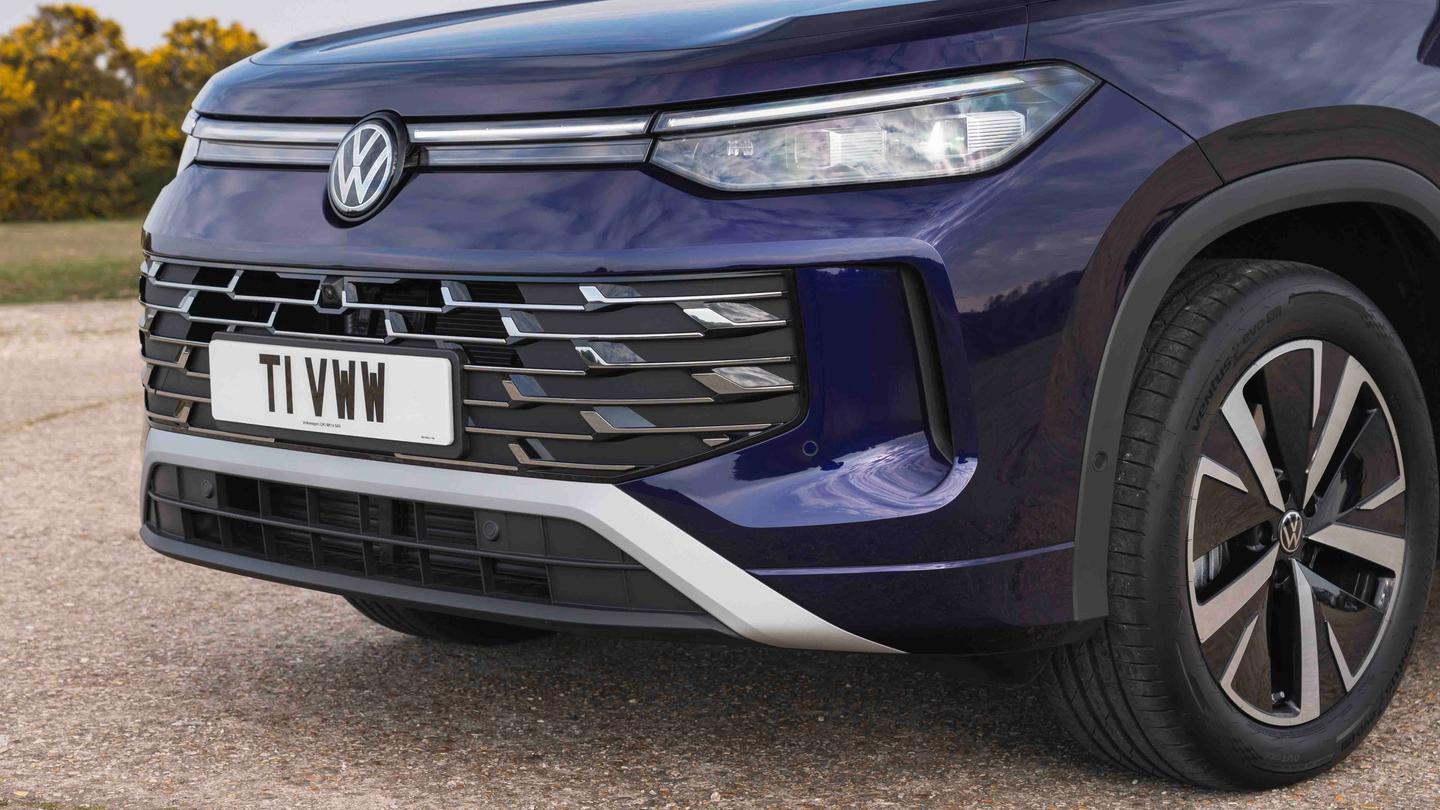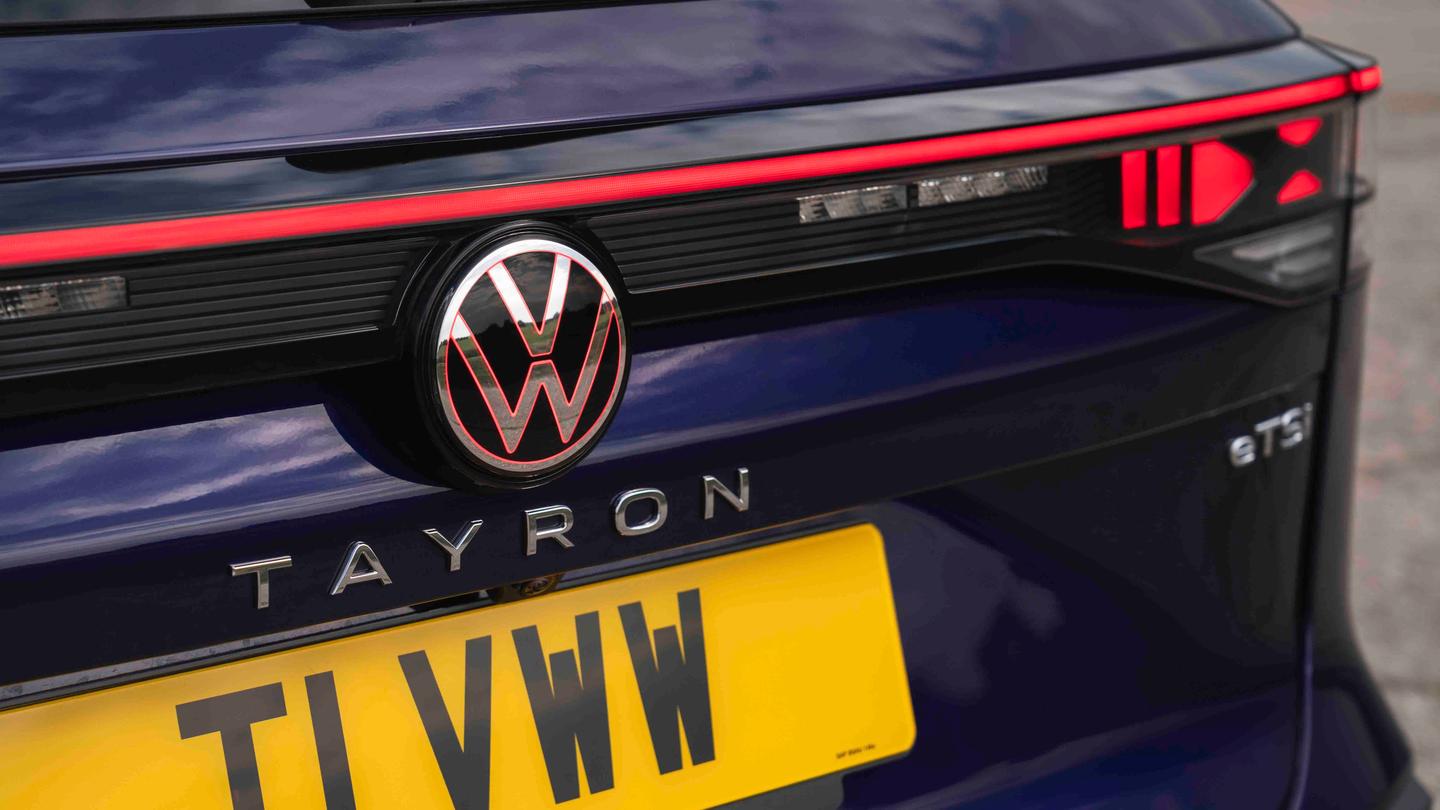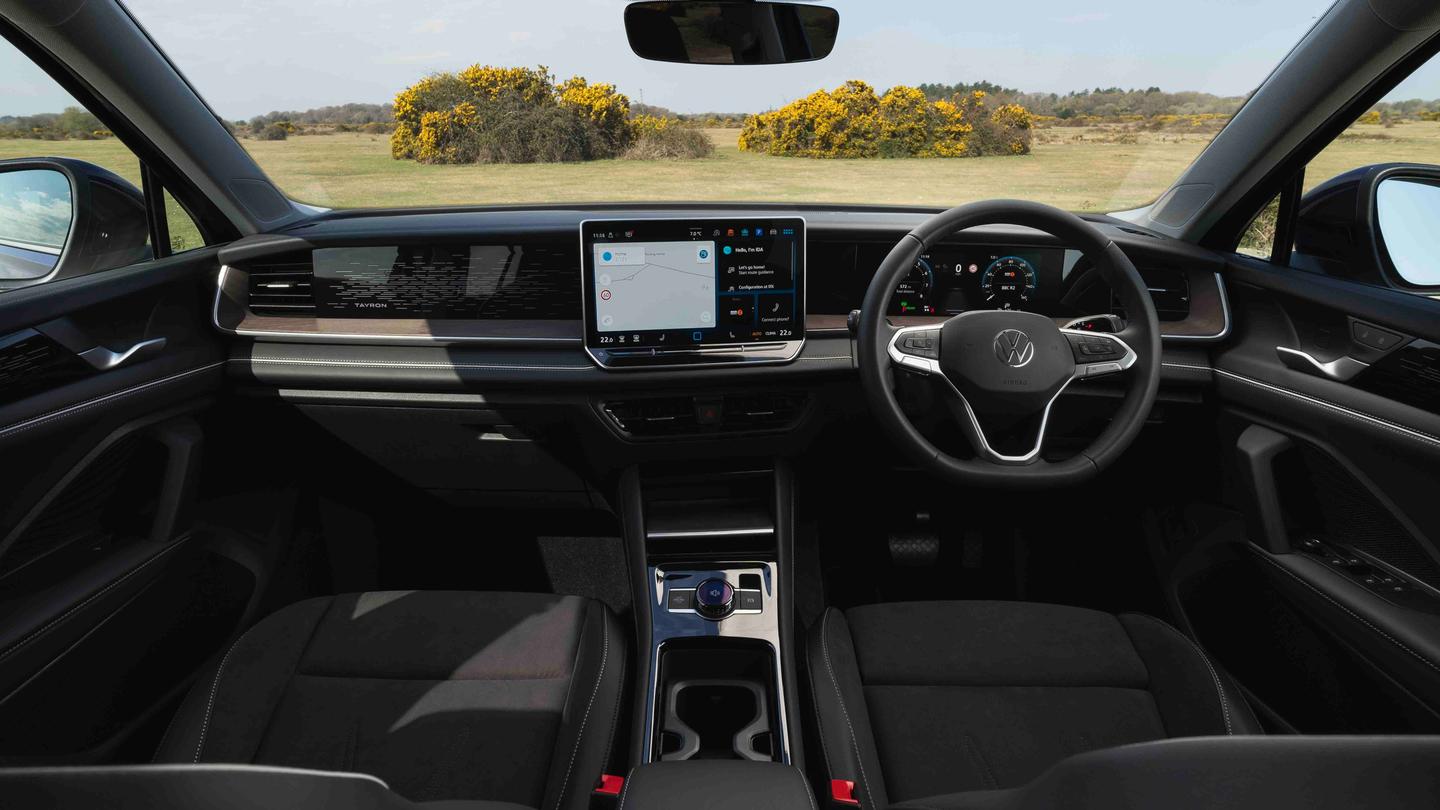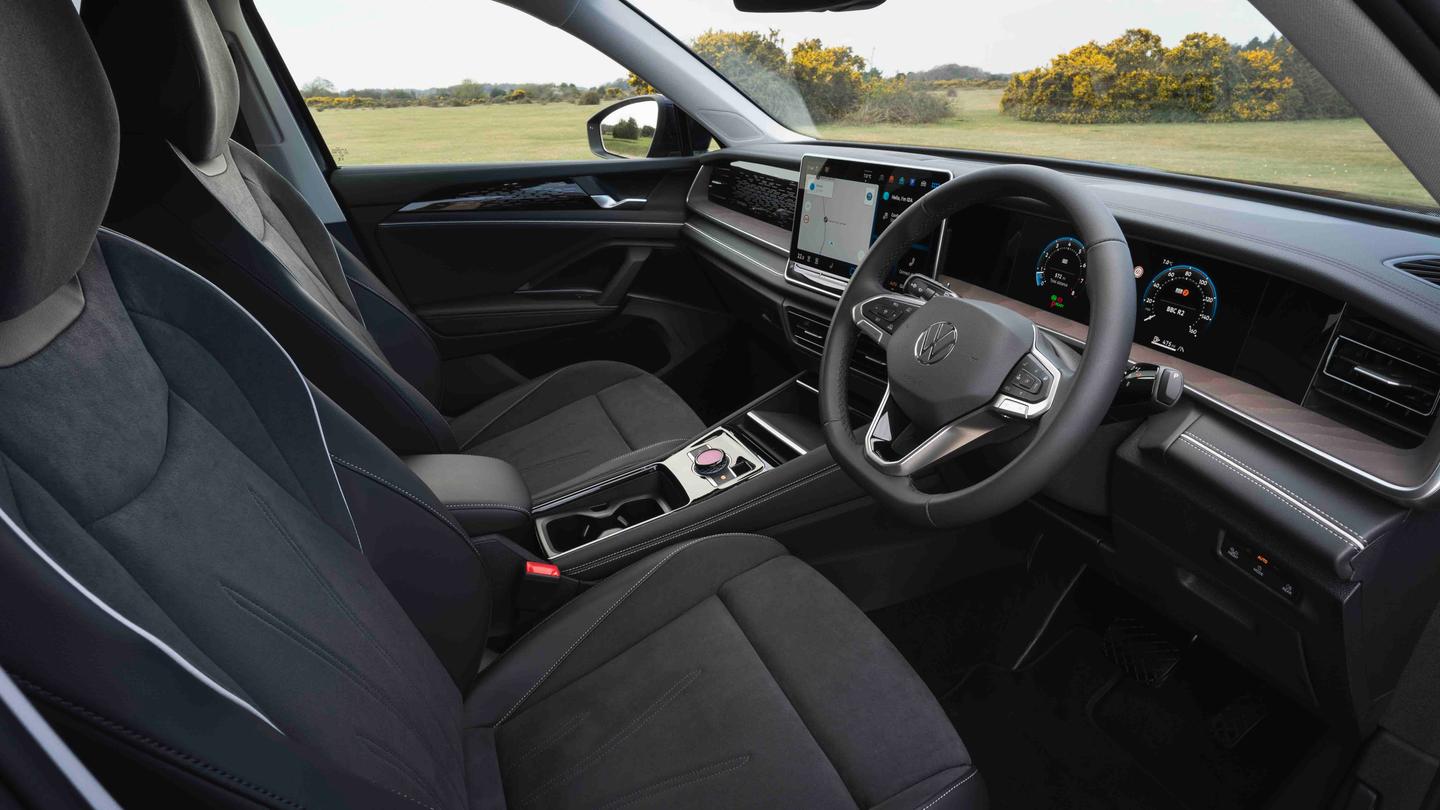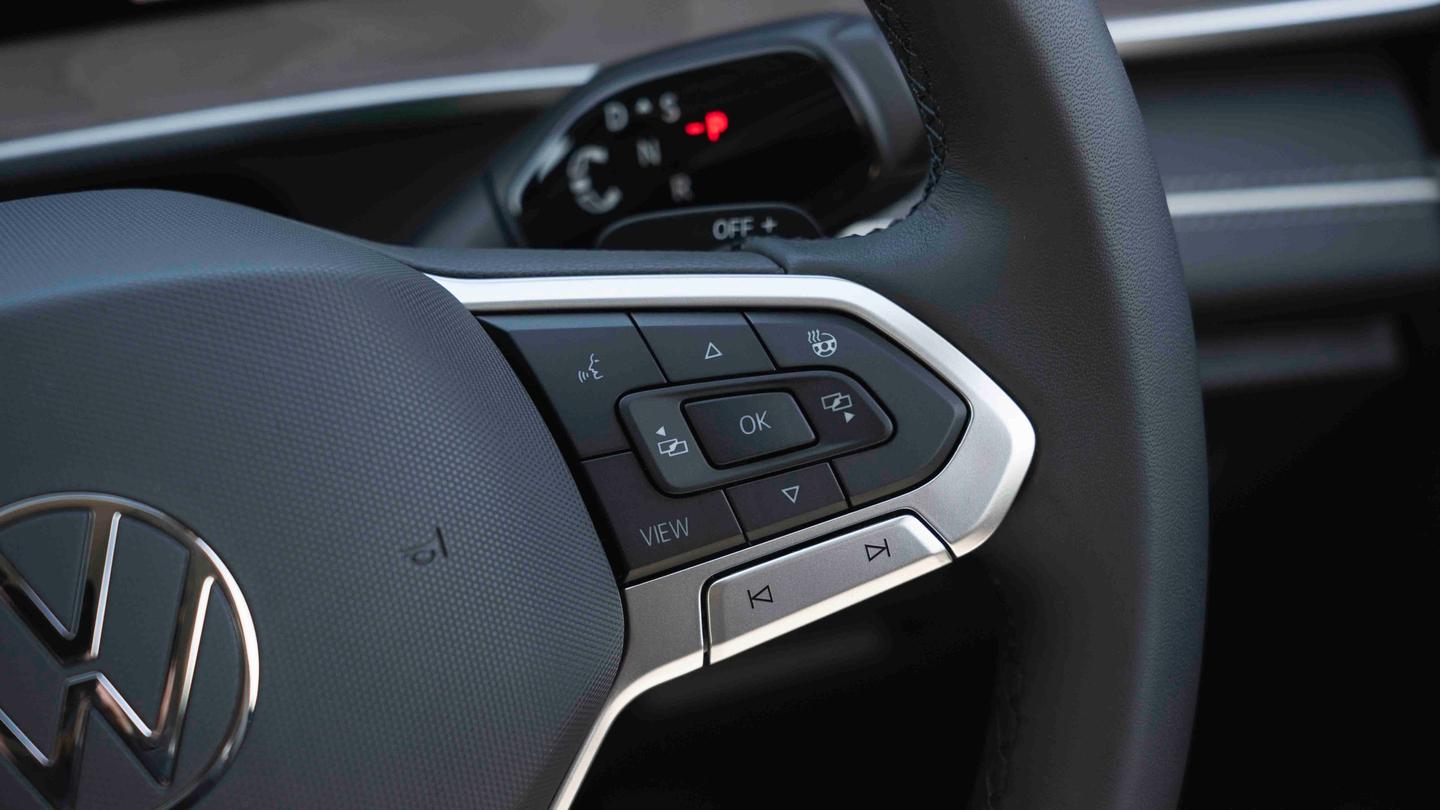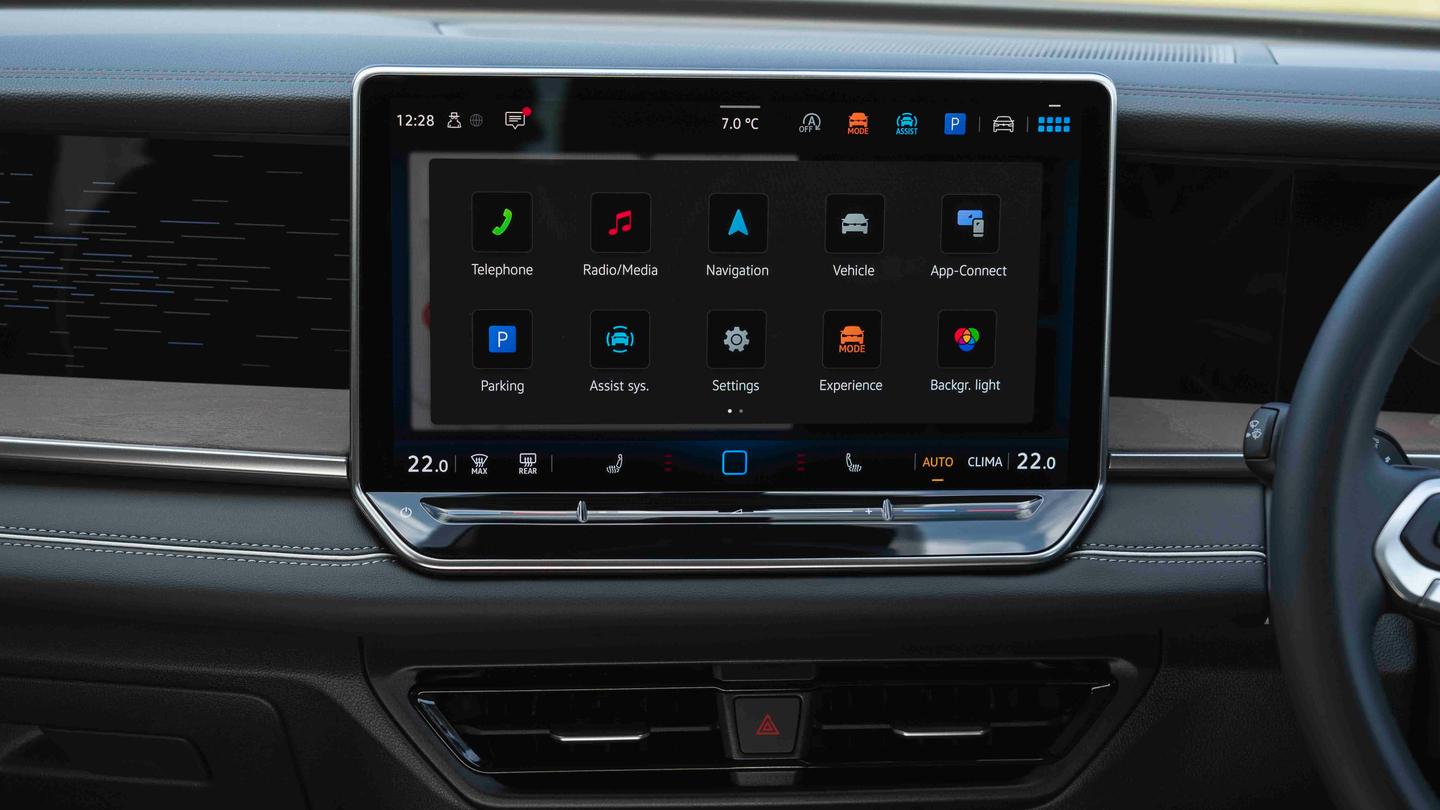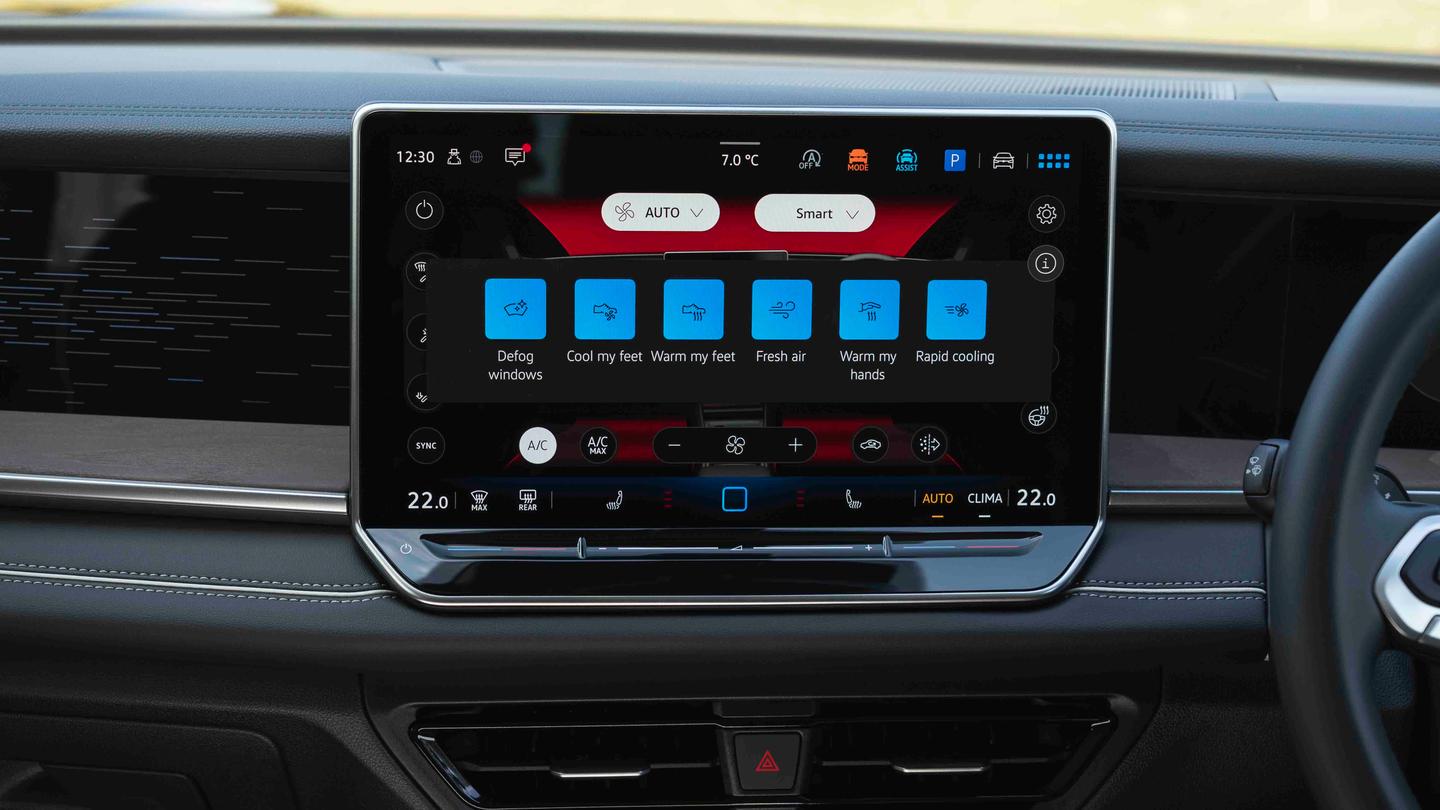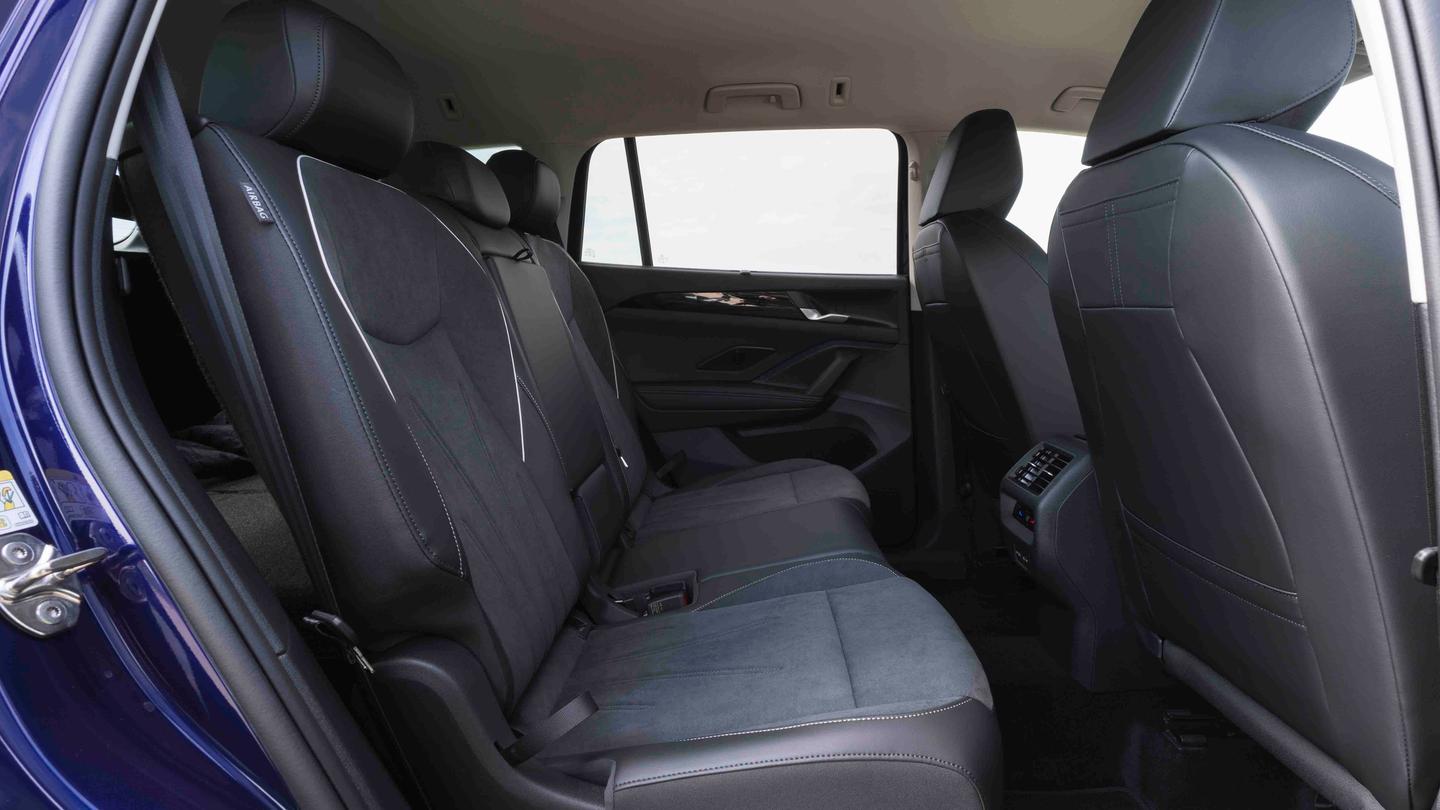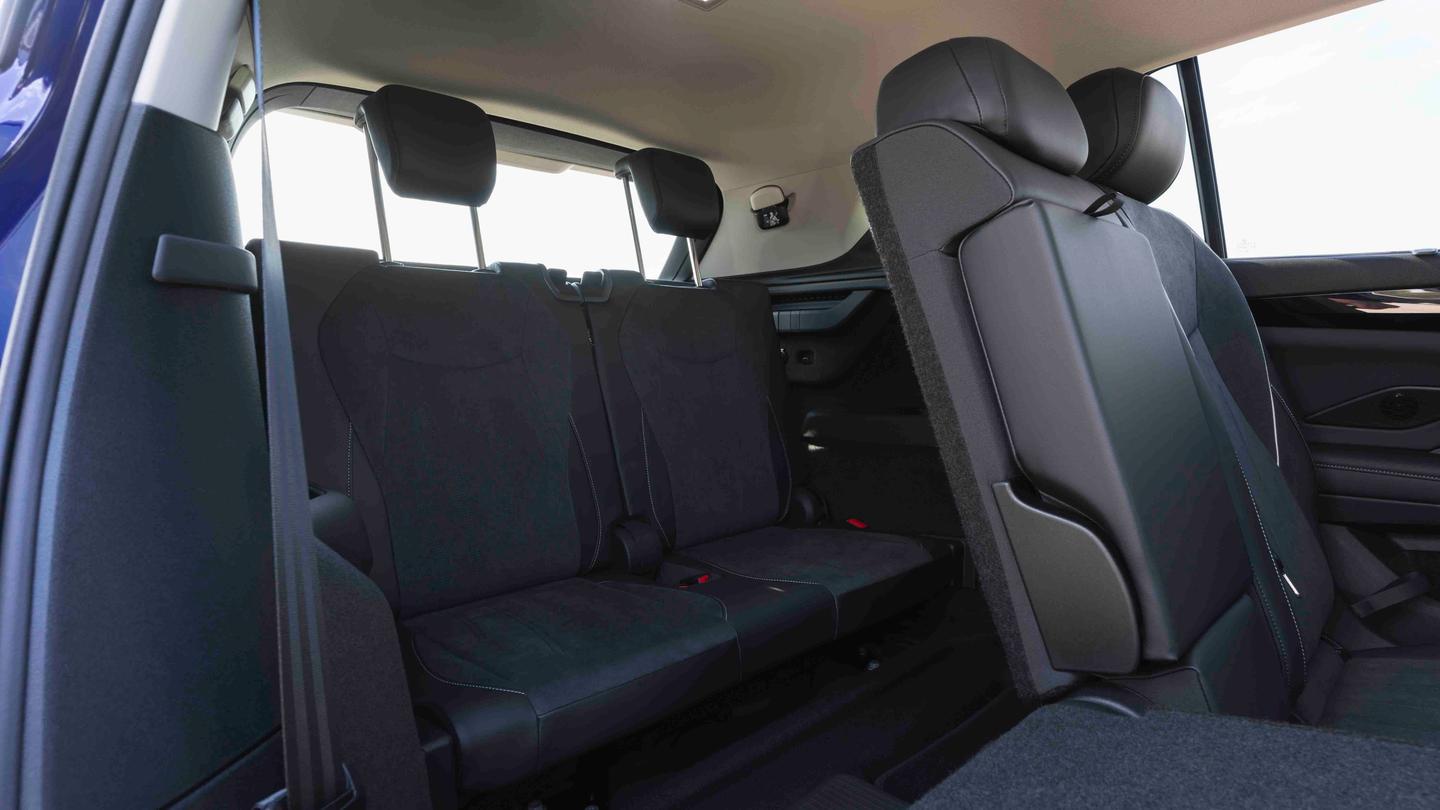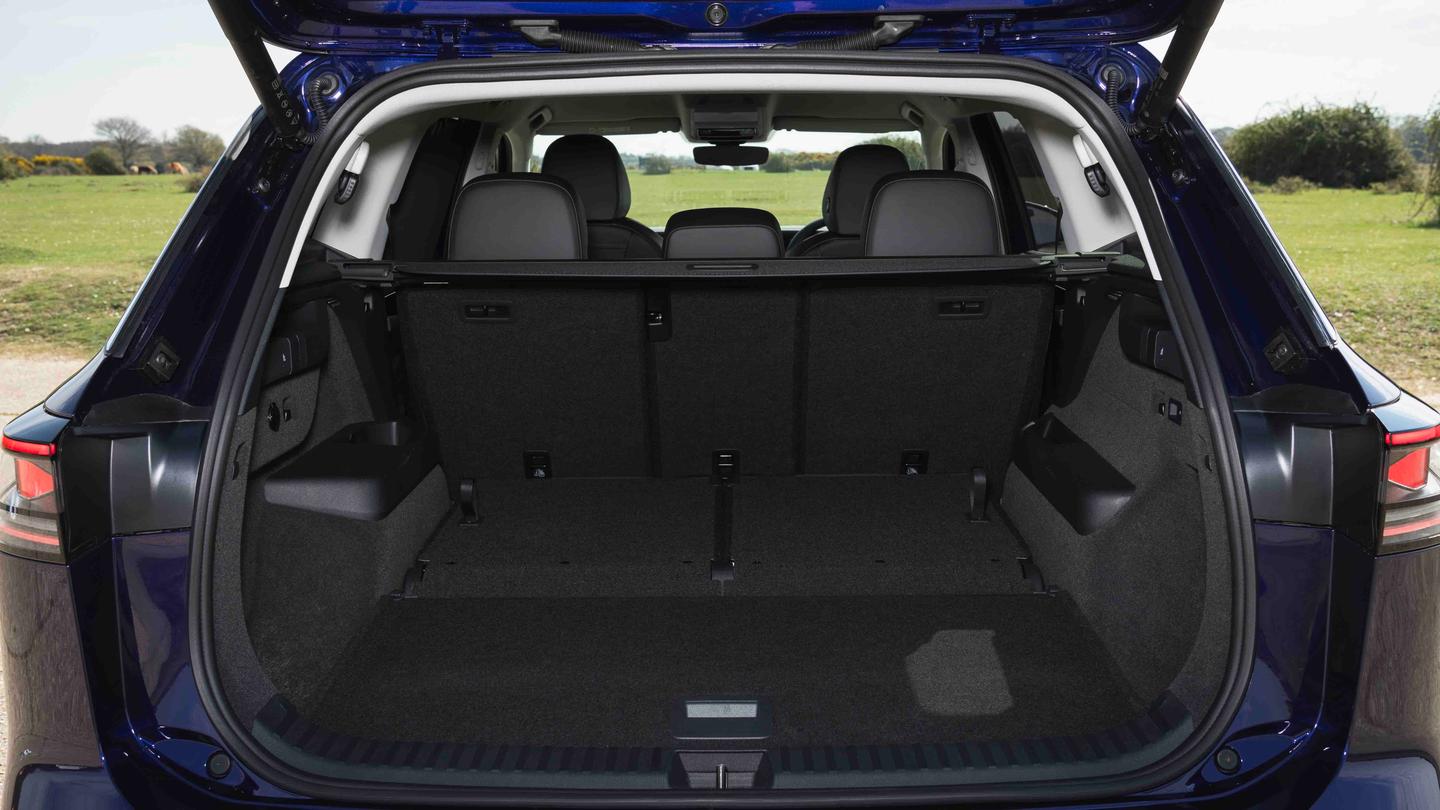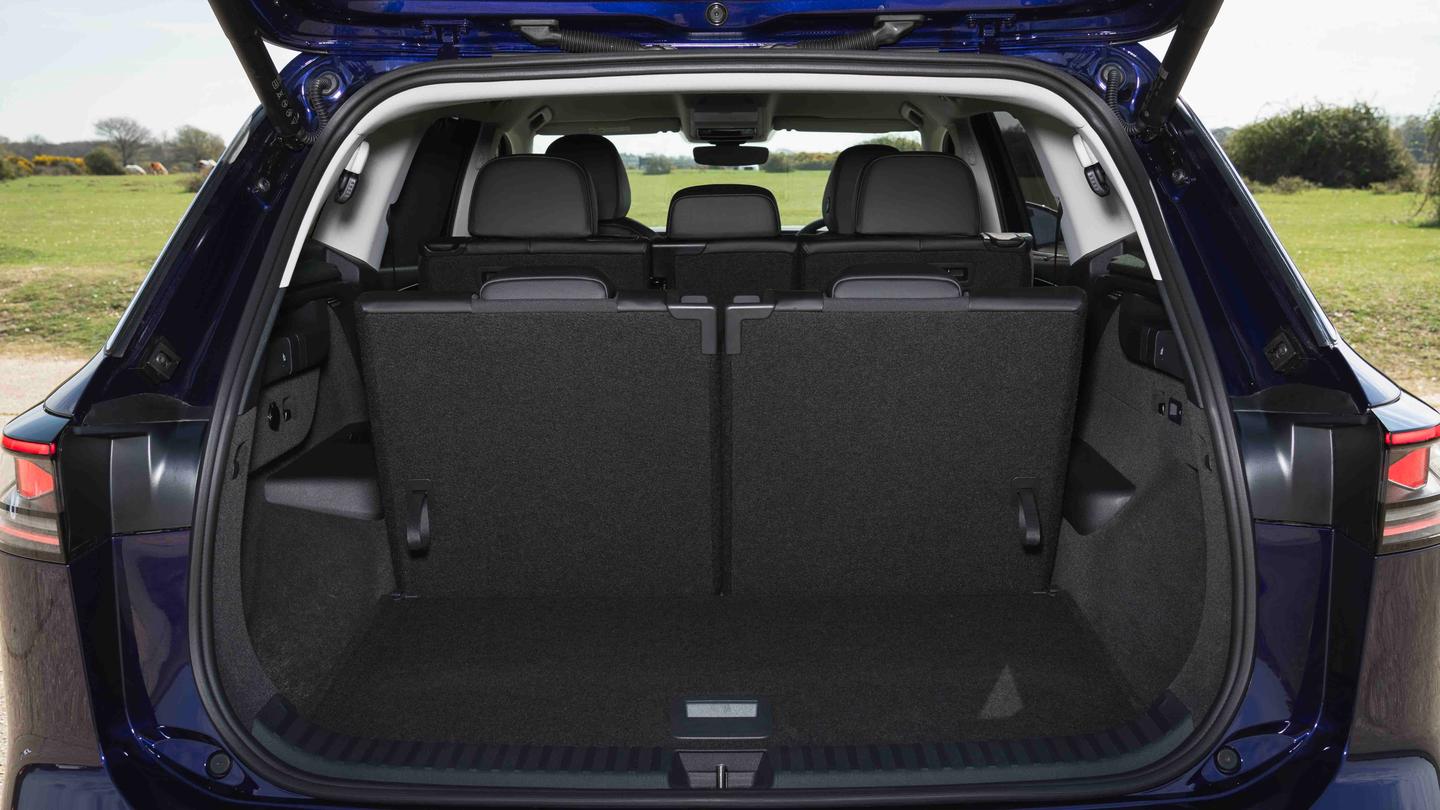
Volkswagen Tayron engines, driving and performance
Gallery
How does the Volkswagen Tayron drive?
The Volkswagen Tayron drives with the assurance and granite-strong feel that you’d hope from a family-focused SUV. Nothing feels flimsy – even the steering is reassuringly heavy. It won’t feel like a chore to park, but it means it feels stable and doesn’t do anything nasty or unexpected.
Volkswagen has given the Tayron quite a soft ride, which is good for comfort. And while there’s not too much body roll, you can definitely feel the weight transfer through corners as the Tayron leans on its springs.
A high driving position gives you a great view of the road ahead, making it very easy to place the Tayron on a country lane. It’s easy to turn off the driver assistance settings, although they’re not as intrusive as a lot of modern cars anyway.
Is the Volkswagen Tayron comfortable?
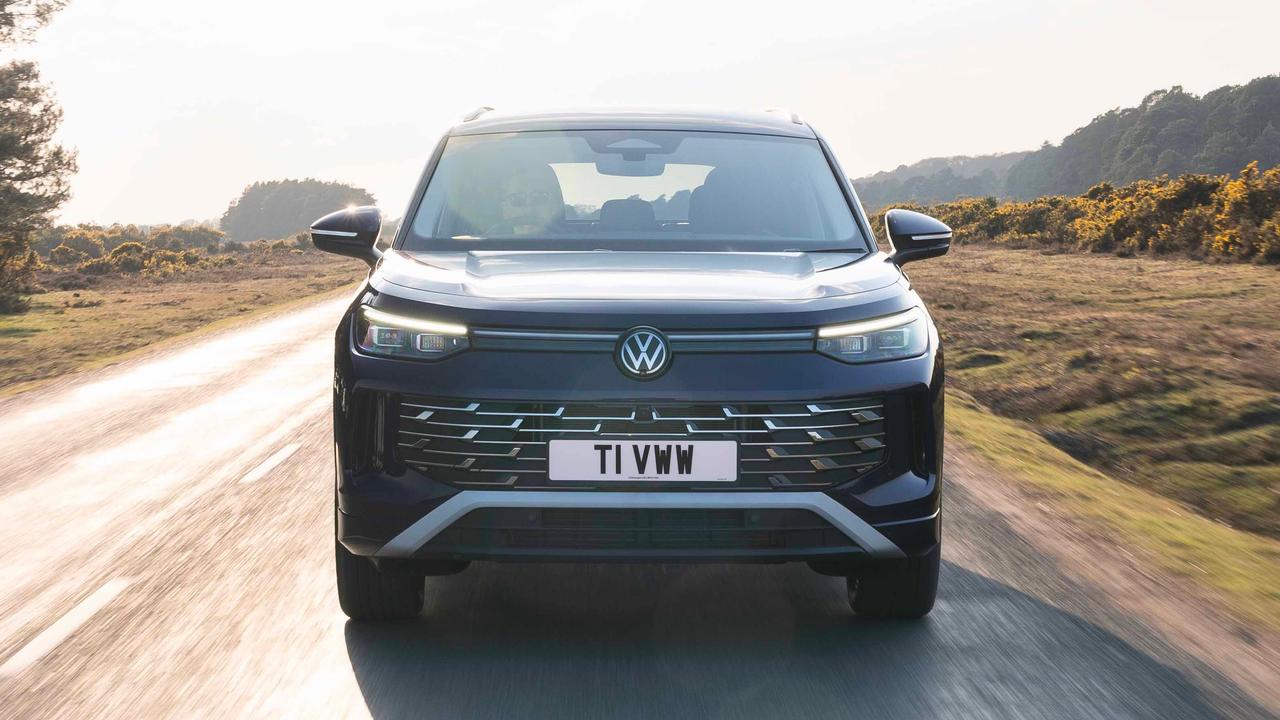
We’d much rather the Tayron be comfortable instead of trying to be sporty, and it fits the expectation well. Over scruffy road surfaces, the Tayron filters out all the bumps with impressive grace; you’ll hear the impacts but not feel them. At lower speeds it’s occasionally a little jiggly but no worse than rivals.
The plug-in hybrid is a bit heavier than the petrol engine, and it’s not quite as good at rounding off the bumps – but most drivers should still find it fairly comfortable.
You can add Volkswagen’s DCC (Dynamic Chassis Control) suspension as an optional extra. This offers a whole host of settings to let you choose a perfect middle ground between comfort and firmness, while reducing body roll and giving extra precision in bends.
What’s the best engine to get?
The normal petrol and diesel engines are likely to be the best choice for you unless you’re a company-car driver. Familiar 1.5-litre petrol and 2.0-litre diesel engines produce 150hp. We’ve tested the petrol and found it to be powerful enough to get the Tayron up to speed well. It’s not quick, and the petrol engine is a bit noisy for our liking.
You’re always aware of the engine noise in the background. Even on the motorway, it doesn’t really settle down to a level we’d like. And because the automatic gearbox can sometimes be a little slow to respond, you sometimes press the accelerator harder which results in a flare of engine revs and noise.
There are three drive modes: Eco, Normal and Sport. Leave Sport alone – there’s no need for it in a seven-seat SUV and all it seems to do is make the gearbox hang onto gears longer. It’s better in the other two modes, and Eco doesn’t strangle the accelerator response like some cars do.
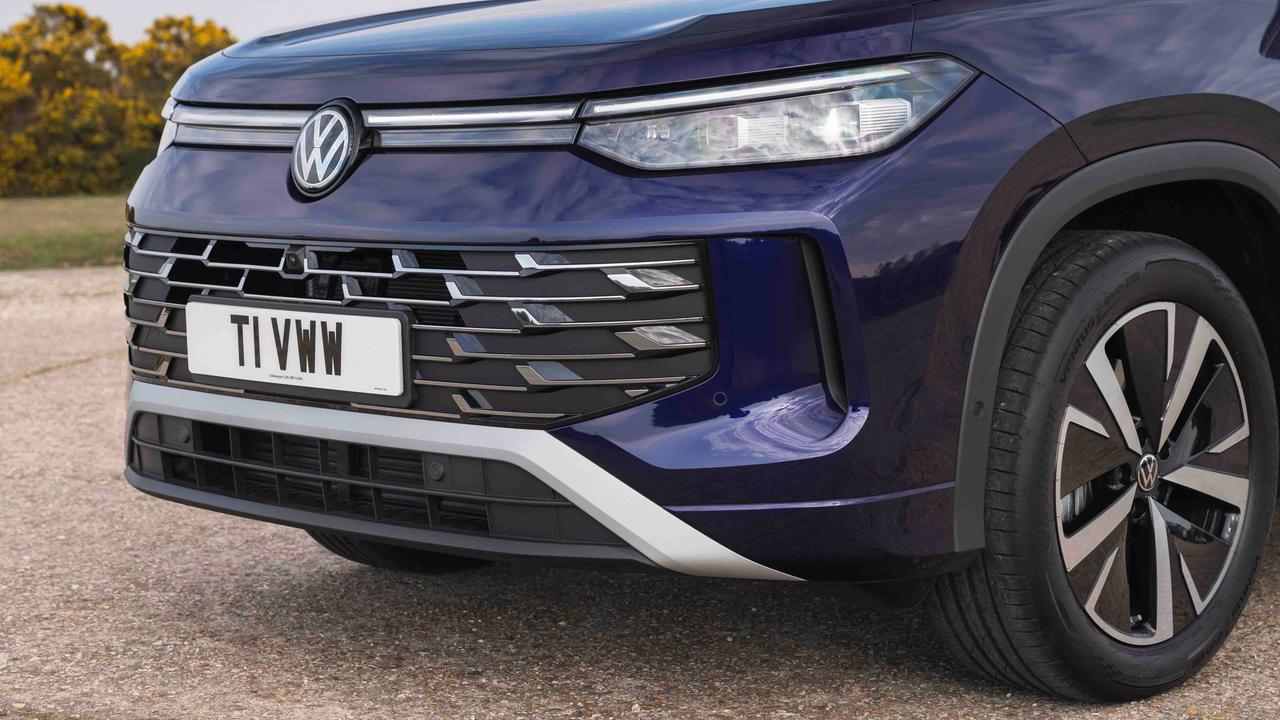
We also drove the plug-in hybrid, badged eHybrid. This unit is a better engine for the Tayron, but the fact it only comes with five seats and is considerably more expensive than the petrol limits its appeal.
If you do go for the plug-in hybrid, you can enjoy up to 75 miles of EV driving from a fully charged battery. It’s nice and refined on electric power, and allows you to get up to a good speed without waking up the petrol engine. It’ll fast-charge at 40kW, too, so you could use it as a fully electric car for longer trips if you wish.
Take it out of EV mode and put it in the normal Hybrid mode, and the car’s brain works out when to use each power source to good effect. Weirdly, the system is a lot more joined-up than the same engine is in the Tiguan – you’re not left waiting for the gearbox to decide what to do, and the engine isn’t as vocal. Overall, it feels calmer than the petrol engine working solo.
Volkswagen Tayron performance
The 1.5-litre petrol engine takes 9.4 seconds to accelerate from 0-62mph, which is competitive with rivals and feels adequate on the road. However, while VW claims 44mpg for this engine, we only saw fuel economy of around 31mpg on our countryside test drive.
The 204hp plug-in-hybrid engine knocks the 0-62mph sprint down to 8.6 seconds, while high-spec cars are also available with a 272hp hybrid version. We would swerve this more powerful option, because its 7.3-second acceleration isn’t sports-car quick and the extra power will just push your running costs up.
If you really want sports car pace in the Tayron, top-spec cars are offered with a 2.0-litre petrol engine out of the Golf GTI. With standard-fit four-wheel drive (the only engine that’s not front-driven), the 0-62mph time is just 6.1 seconds – but you’ll pay for it at the pumps.






























